The world of rare whisky auctions has once again been set ablaze with the recent sale of a single bottle surpassing the staggering £1 million mark at a UK auction. This monumental sale not only underscores the growing global fascination with vintage spirits but also highlights the increasing investment potential of rare whiskies as alternative assets. The record-breaking transaction has sent ripples through the collector community, prompting renewed discussions about valuation, provenance, and the very nature of what makes certain bottles worth small fortunes.
The Macallan 1926, a legendary name in whisky circles, has reclaimed its throne as the most valuable whisky in existence with this latest auction result. What makes this particular bottle extraordinary isn't just its age or distillery origin, but its unique place in whisky history. Distilled in 1926 and bottled sixty years later in 1986, only 40 bottles were ever produced from this cask. The bottle that achieved this historic price was one of twelve adorned with labels designed by Italian artist Valerio Adami, adding an extra layer of rarity and artistic significance to an already mythical spirit.
Whisky experts point to several factors driving these astronomical prices at auction. The combination of dwindling supplies of pre-war whiskies and increasing global demand from new markets has created a perfect storm for record-breaking sales. Asian collectors, particularly from China and Taiwan, have emerged as major players in the high-stakes whisky auction scene, often competing fiercely with established European and American collectors. This globalization of whisky collecting has fundamentally altered the market dynamics, pushing prices into realms that would have seemed unimaginable a decade ago.
Beyond the liquid itself, the story behind each bottle plays a crucial role in determining its value at auction. The Macallan 1926 carries with it the romance of being produced during the Prohibition era in America, when many Scottish distilleries were struggling to survive. The fact that this whisky was quietly maturing while the industry faced existential threats adds to its mystique. Auction houses have become adept at uncovering and presenting these narratives, understanding that collectors aren't just buying alcohol - they're purchasing tangible pieces of history.
The authentication process for such valuable bottles has become increasingly sophisticated in response to the rising prices. Specialist teams now employ everything from gas chromatography to analyze the liquid's chemical fingerprint, to forensic examination of the glass, labels, and closures. The auction house responsible for this latest record-breaking sale reportedly spent months verifying the bottle's provenance before allowing it to go under the hammer. This level of scrutiny has become essential in a market where counterfeits have grown more prevalent as prices soar.
Investment analysts are taking note of whisky's performance as an alternative asset class. Over the past decade, rare whisky has consistently outperformed traditional investments like stocks and gold in terms of percentage growth. The Knight Frank Luxury Investment Index has tracked this trend, showing whisky as one of the top-performing collectible assets year after year. This latest £1 million sale will likely attract even more investors to the category, though purists worry about the impact of speculative buying on the traditional collector community.
The psychological factors driving these purchases are as fascinating as the financial ones. For some buyers, owning such a bottle represents the pinnacle of connoisseurship, a physical manifestation of their passion and knowledge. Others view it as the ultimate status symbol, a way to demonstrate wealth and taste simultaneously. There's also the element of trophy hunting - the desire to possess something so rare that only a handful of people in the world can claim ownership. Auction houses expertly play to these motivations in their marketing and presentation of these ultra-rare bottles.
What does this mean for the future of whisky collecting? Industry observers predict we may see even higher prices as more ultra-high-net-worth individuals enter the market. Some speculate that certain bottles from closed distilleries like Port Ellen or Brora could challenge The Macallan's dominance in the record books. Meanwhile, distilleries are taking note, with several now offering ultra-premium releases specifically designed to become collector's items, complete with elaborate packaging and strict limitations on bottle numbers.
However, not everyone in the whisky world celebrates these astronomical prices. Some veteran collectors lament how the market's transformation has priced them out of acquiring bottles they once could afford. There's also concern that bottles selling for such sums will never be opened, turning what was meant for drinking into museum pieces. The debate continues about whether whisky's soul lies in being consumed and shared, or if it can rightfully become a purely financial or artistic asset.
As the dust settles on this latest record-breaking sale, one thing becomes clear: rare whisky has firmly established itself as both a serious luxury commodity and an alternative investment vehicle. The £1 million threshold, once thought to be an impossible barrier, has now been breached, opening the door to even more astonishing prices in the future. For better or worse, the landscape of whisky collecting has changed forever, with this auction serving as a watershed moment in the history of spirit collecting.
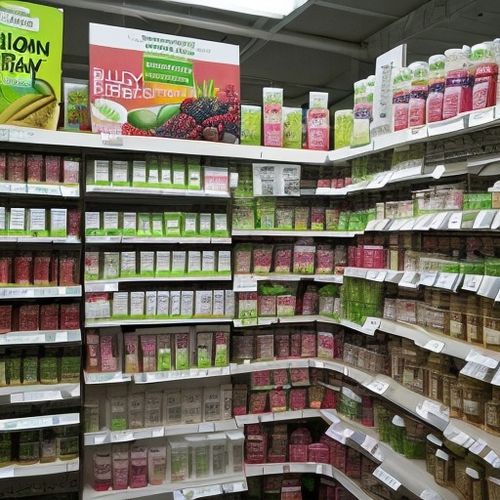
By Elizabeth Taylor/Apr 10, 2025
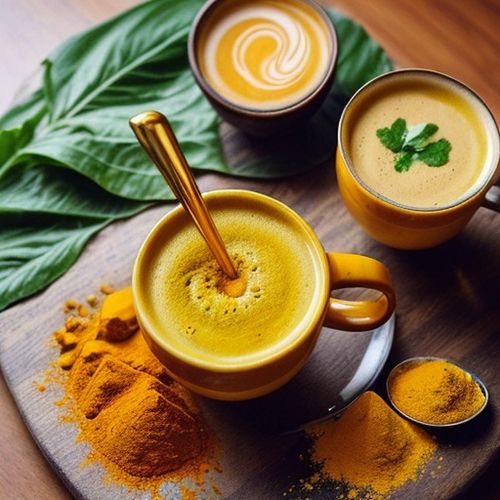
By Laura Wilson/Apr 10, 2025
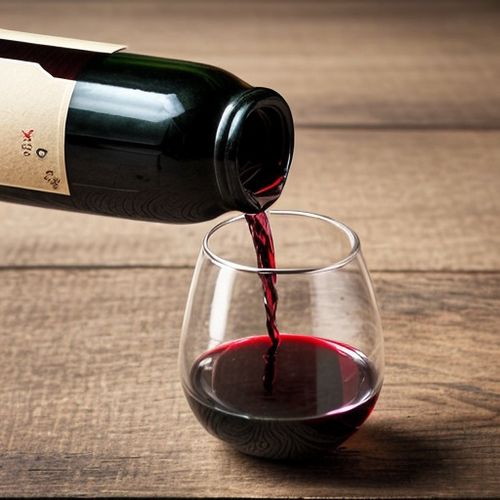
By Natalie Campbell/Apr 10, 2025
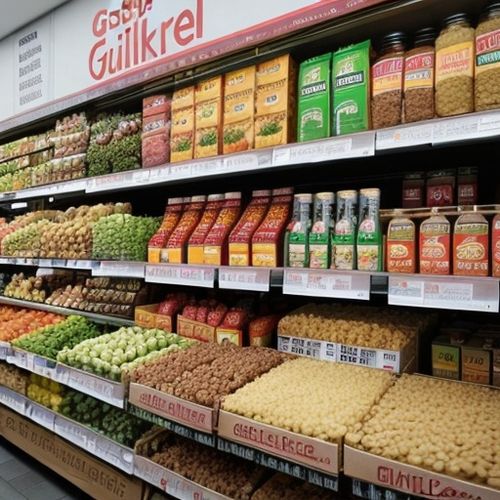
By Daniel Scott/Apr 10, 2025
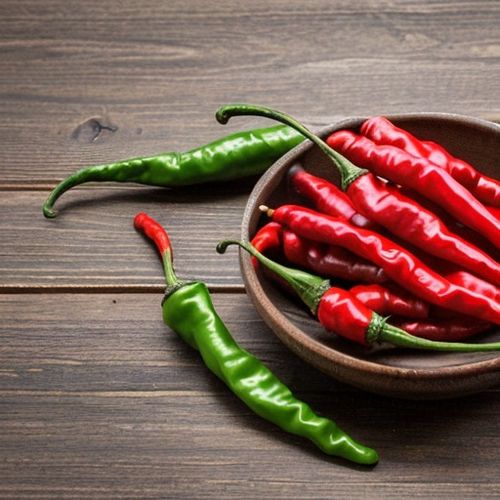
By Sarah Davis/Apr 10, 2025

By Michael Brown/Apr 10, 2025
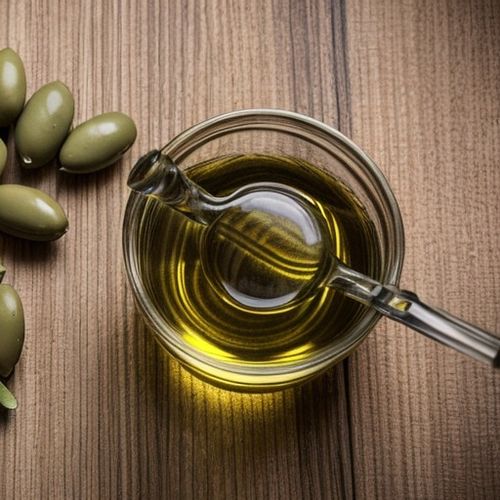
By George Bailey/Apr 10, 2025
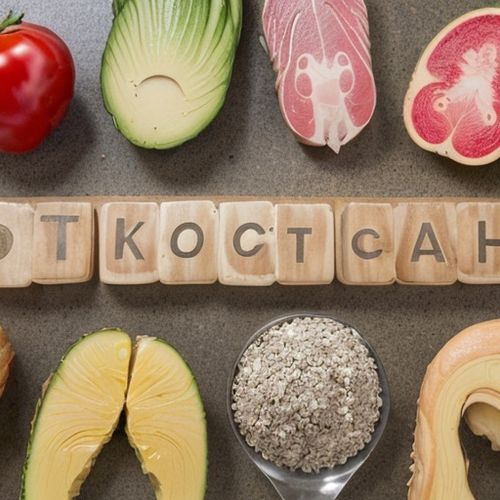
By Thomas Roberts/Apr 10, 2025
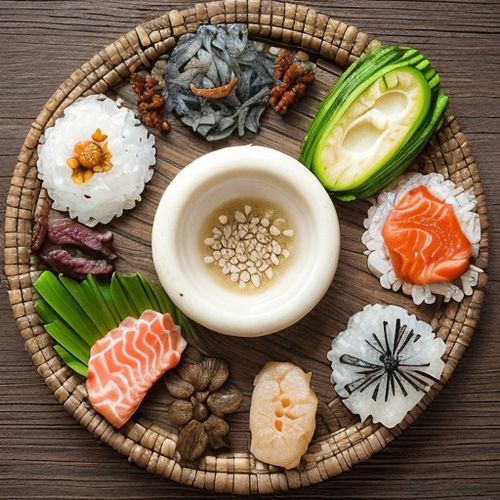
By Sarah Davis/Apr 10, 2025
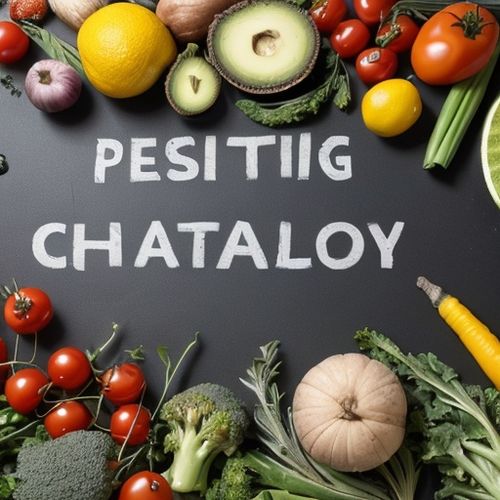
By William Miller/Apr 10, 2025
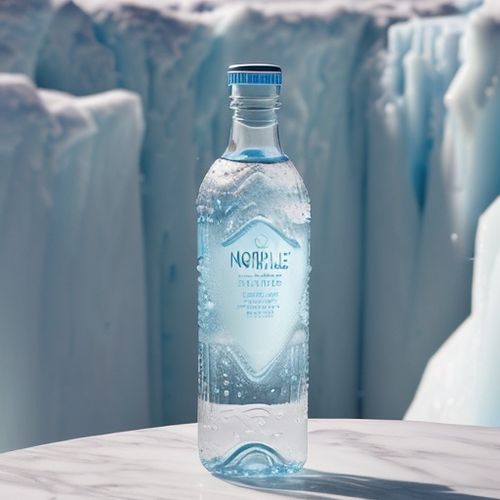
By Natalie Campbell/Apr 10, 2025

By Ryan Martin/Apr 10, 2025
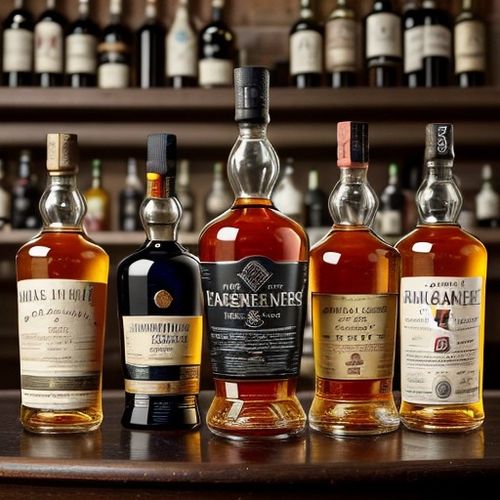
By Benjamin Evans/Apr 10, 2025
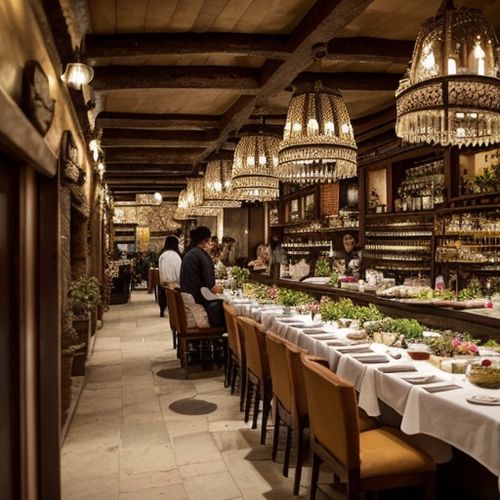
By John Smith/Apr 10, 2025

By Grace Cox/Apr 10, 2025
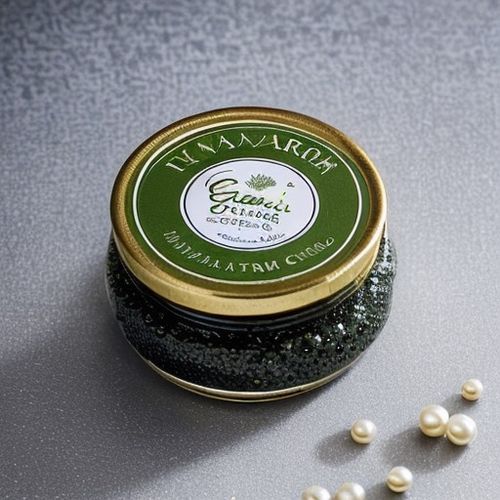
By Victoria Gonzalez/Apr 10, 2025
By Natalie Campbell/Apr 10, 2025